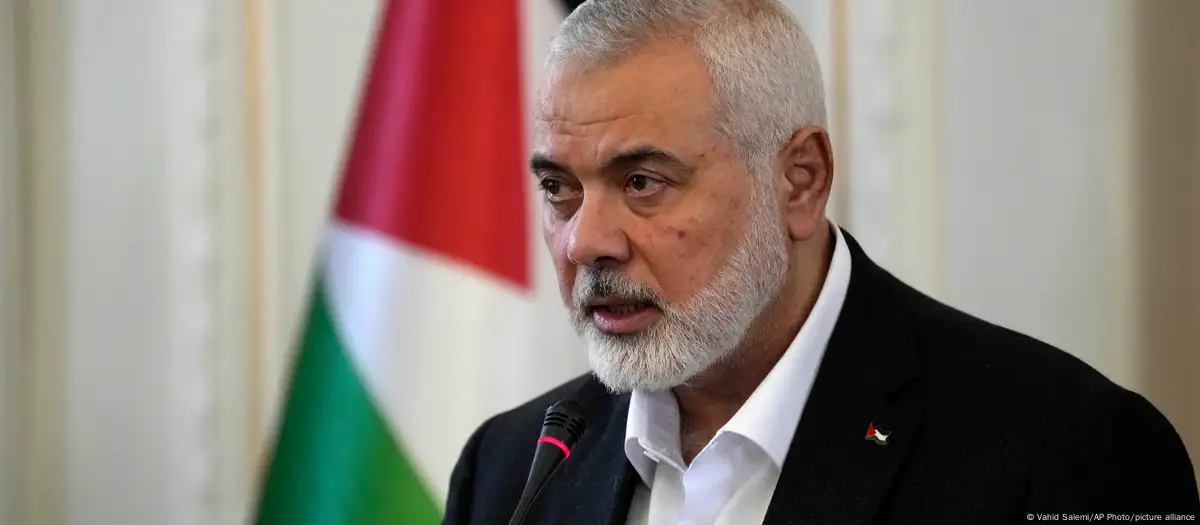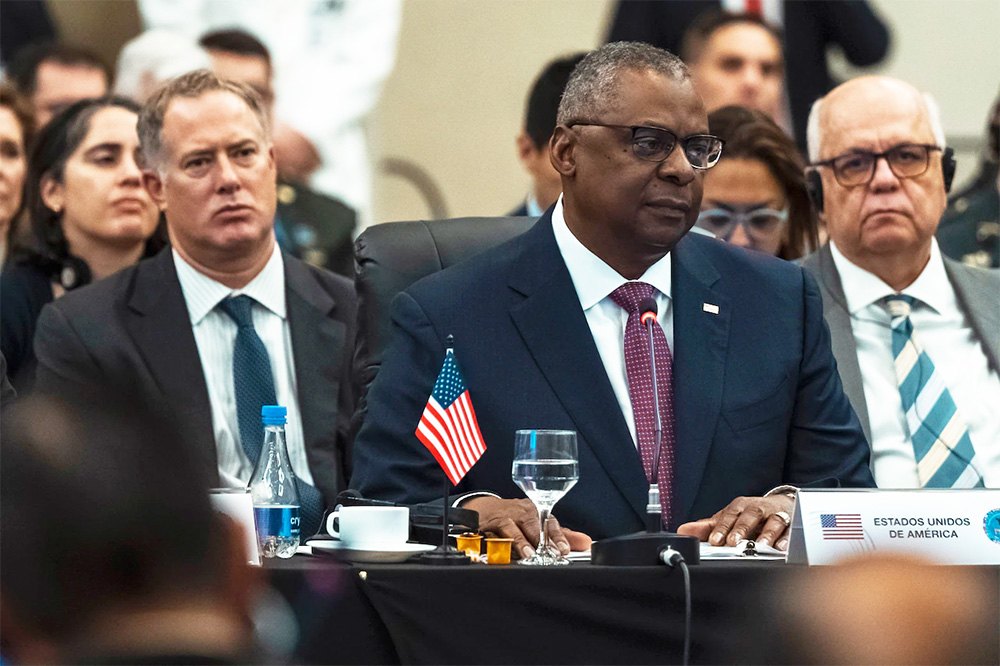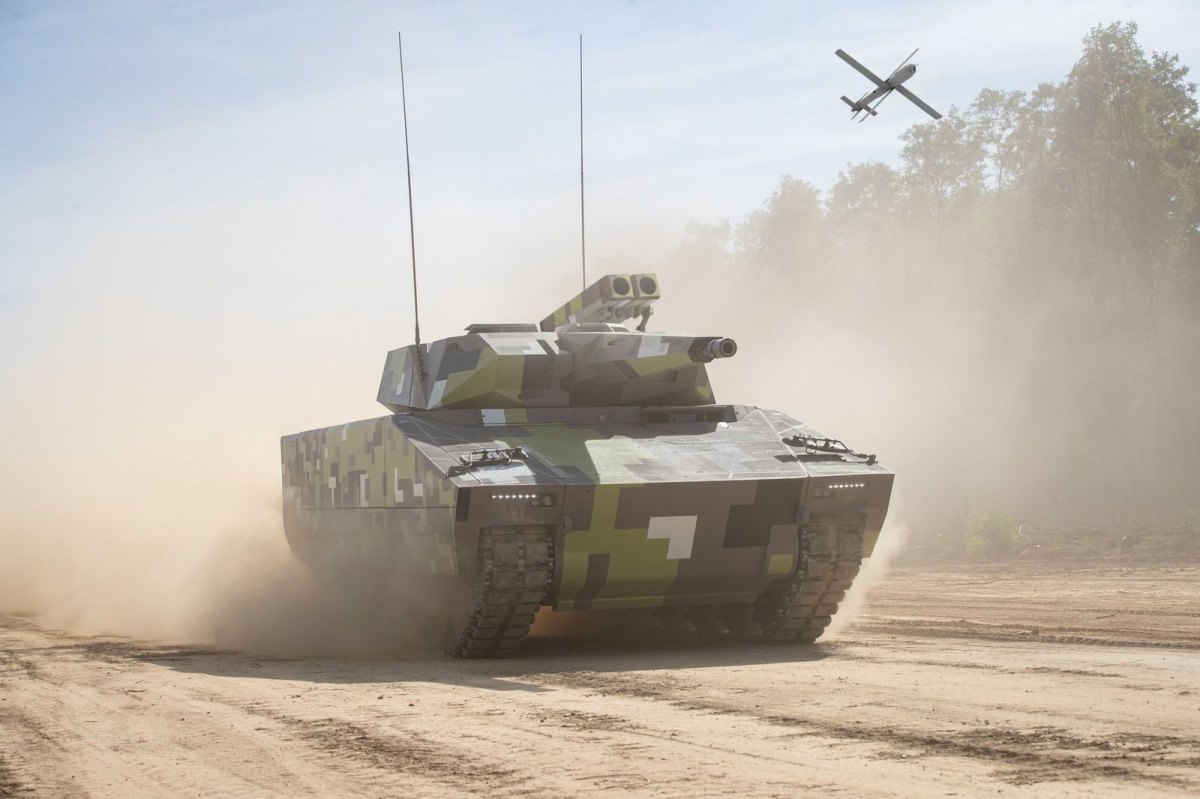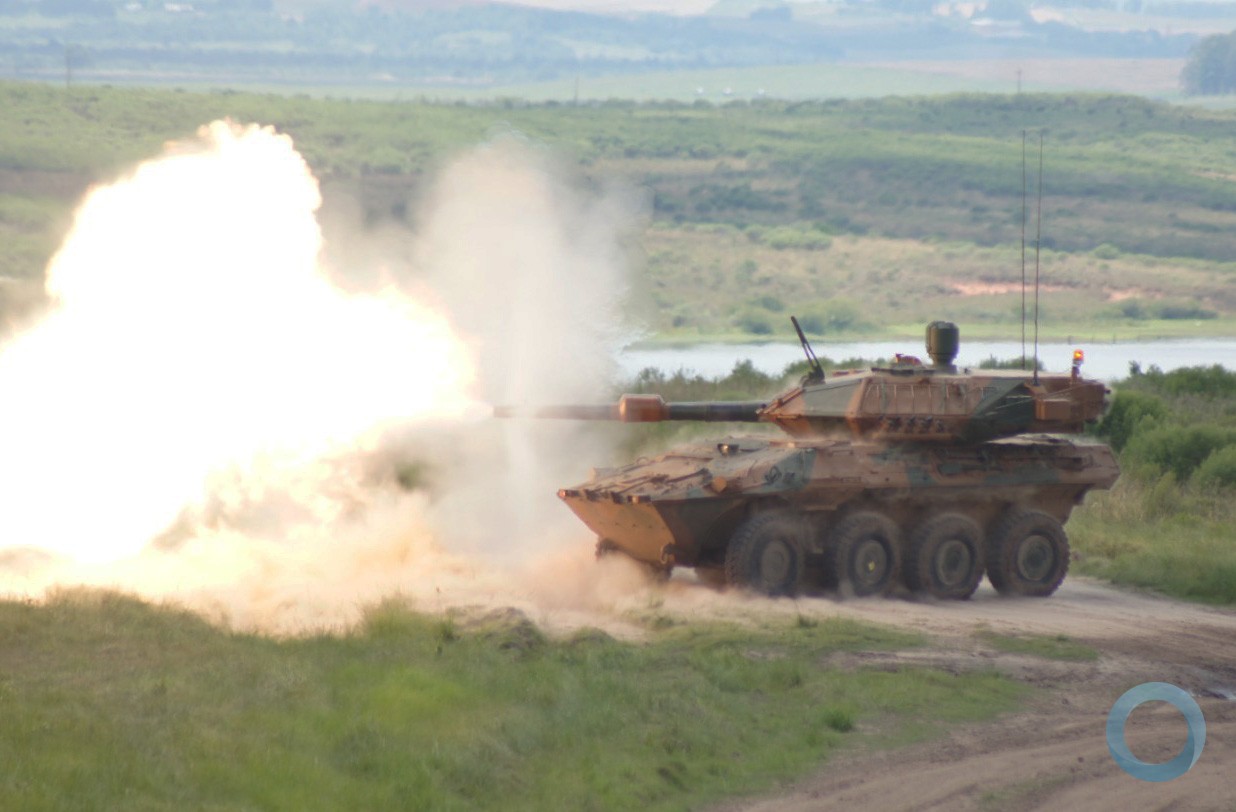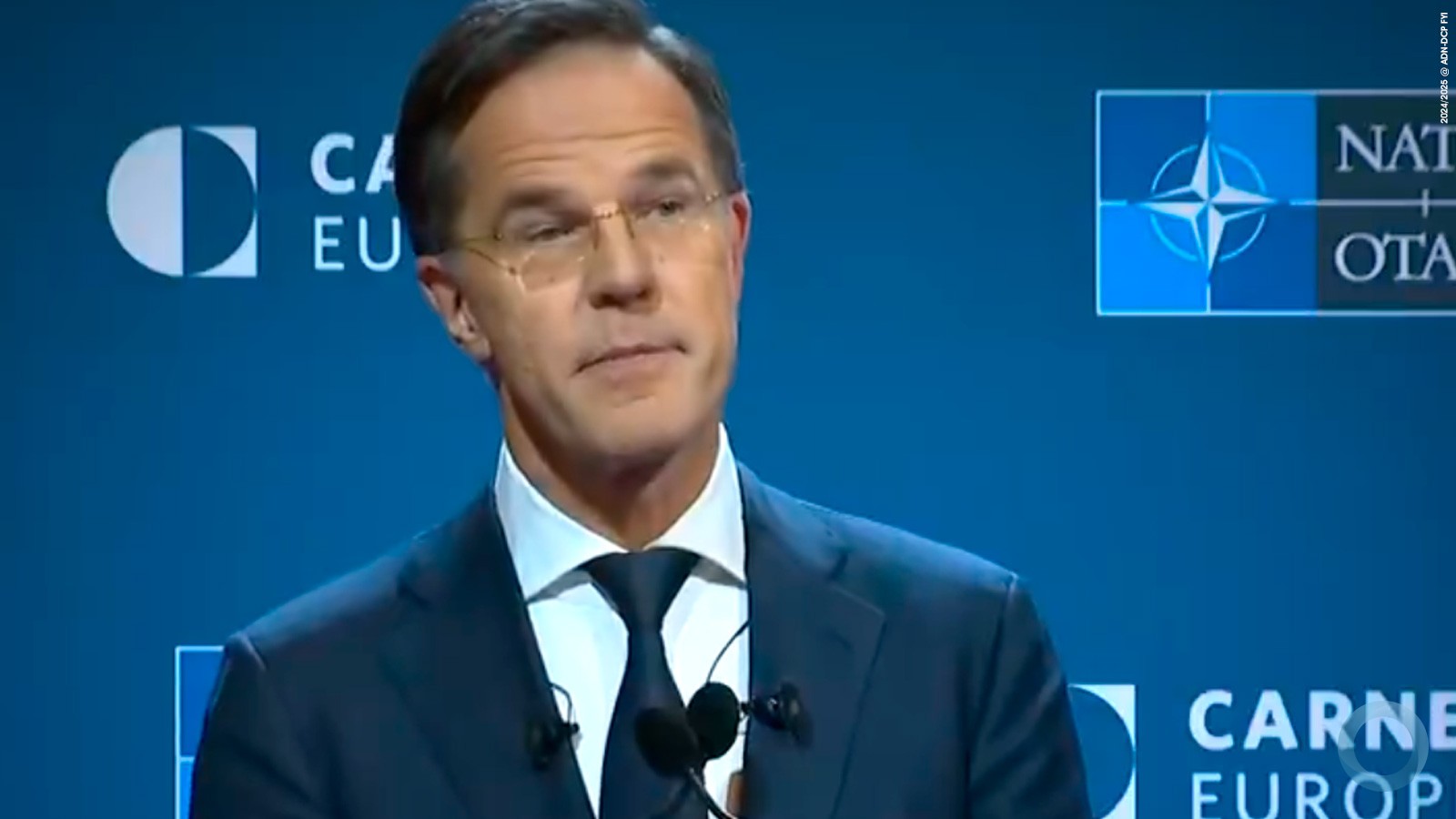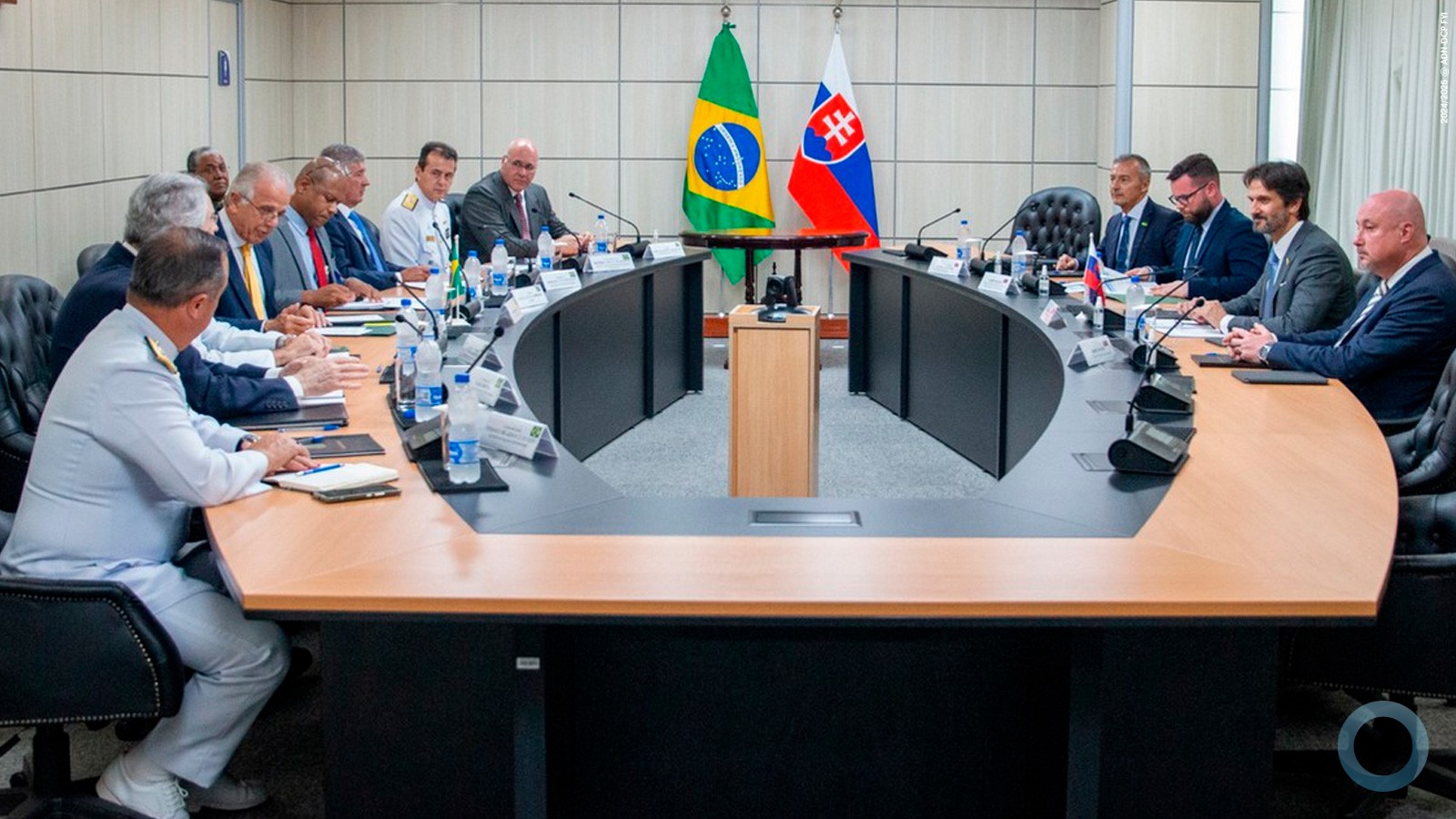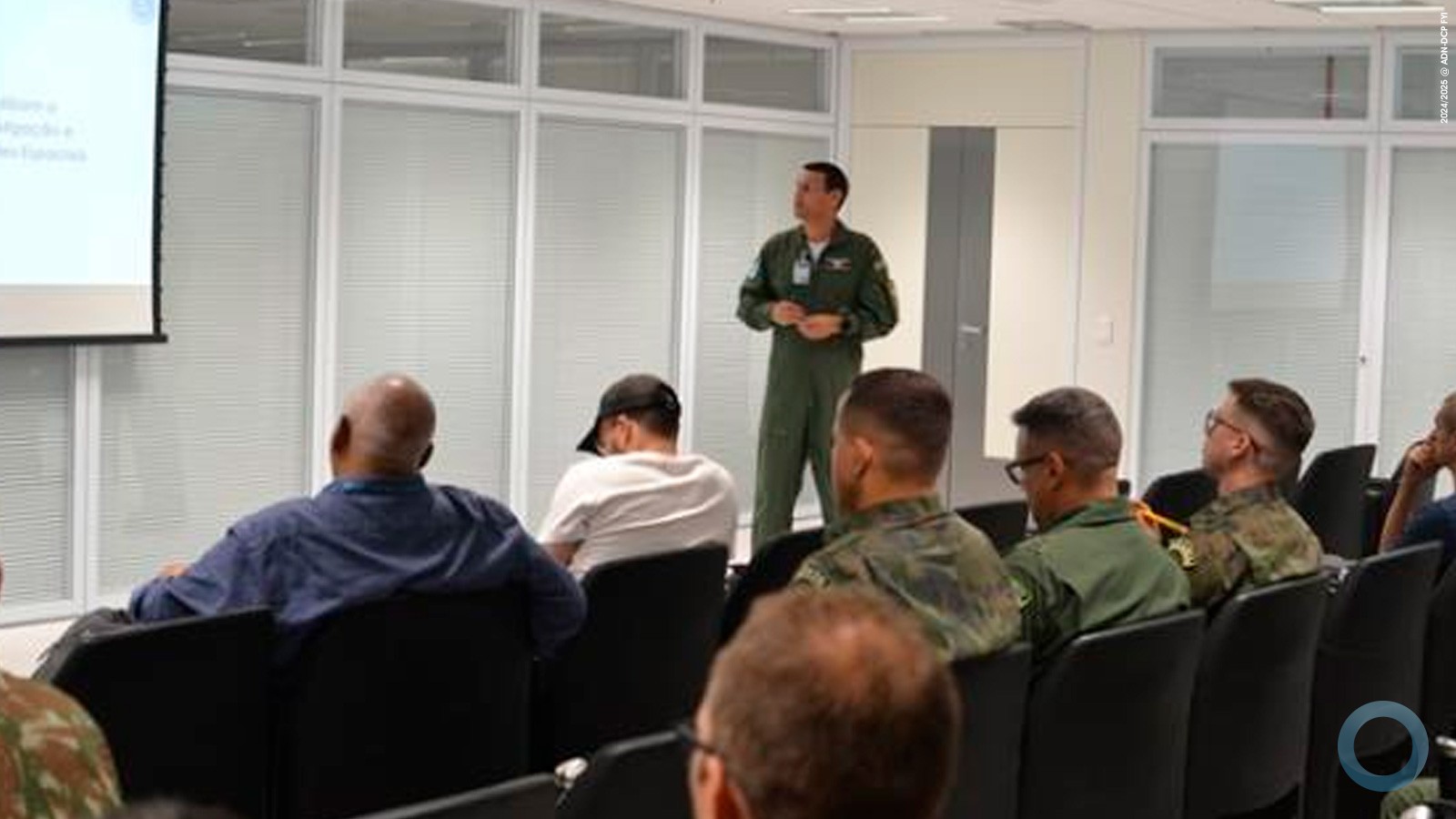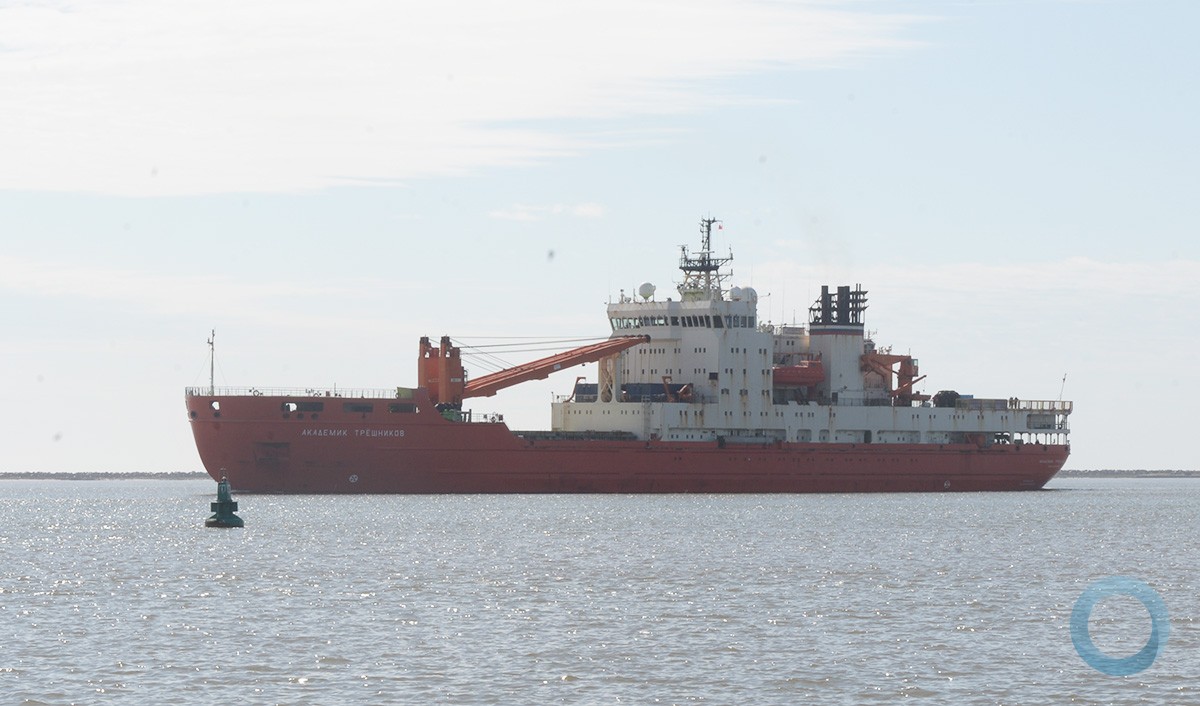Highlights
- Collective defence means that an attack against one Ally is considered as an attack against all Allies.
- The principle of collective defence is enshrined in Article 5 of the Washington Treaty.
- NATO invoked Article 5 for the first time in its history after the 9/11 terrorist attacks against the United States.
- NATO has taken collective defence measures on several occasions, for instance in response to the situation in Syria and in the wake of the Ukraine crisis.
- NATO has standing forces on active duty that contribute to the Alliance’s collective defence efforts on a permanent basis.
This principle is enshrined in Article 5 of the North Atlantic Treaty, which states that an attack on one Ally shall be considered an attack on all Allies.
NATO invoked Article 5 of the Washington Treaty for the first time in its history following the 9/11 terrorist attacks against the United States.
The principle of collective defence has also been raised in the context of Russia’s military aggression against Ukraine. Russia’s actions have raised justified concerns among its neighbours, including those who are NATO members. That is why NATO Foreign Ministers, on 1 April, directed Allied military authorities to develop extra measures to strengthen collective defence.
A Cornerstone of the Alliance
Article 5
In 1949, the primary aim of the North Atlantic Treaty was to create a pact of mutual assistance to counter the risk that the Soviet Union would seek to extend its control of Eastern Europe to other parts of the continent.
Every participating country agreed that this form of solidarity was at the heart of the Treaty, effectively making Article 5 on collective defence a key component of the Alliance.
Article 5 provides that if a NATO Ally is the victim of an armed attack, each and every other member of the Alliance will consider this act of violence as an armed attack against all members and will take the actions it deems necessary to assist the Ally attacked.
Article 5
“The Parties agree that an armed attack against one or more of them in Europe or North America shall be considered an attack against them all and consequently they agree that, if such an armed attack occurs, each of them, in exercise of the right of individual or collective self-defence recognized by Article 51 of the Charter of the United Nations, will assist the Party or Parties so attacked by taking forthwith, individually and in concert with the other Parties, such action as it deems necessary, including the use of armed force, to restore and maintain the security of the North Atlantic area.
Any such armed attack and all measures taken as a result thereof shall immediately be reported to the Security Council. Such measures shall be terminated when the Security Council has taken the measures necessary to restore and maintain international peace and security.”
The “out-of-area” debate
This article is complemented by Article 6, which stipulates:
Article 6¹
"For the purpose of Article 5 an armed attack on one or more of the Parties is deemed to include an armed attack on the territory of any of the Parties in Europe or North America, on the Algerian departments of France², on the occupation forces of any Party in Europe, on the islands under the jurisdiction of any Parties in the North Atlantic area north of the Tropic of Cancer or on the vessels or aircraft in this area of any of the Parties."
According to one of the drafters of the Treaty, Theodore C. Achilles, there was no doubt in anybody’s minds that NATO operations could also be conducted south of the Tropic of Cancer³. This was confirmed by foreign ministers in Reykjavik in May 2002 in the context of the fight against terrorism: “To carry out the full range of its missions, NATO must be able to field forces that can move quickly to wherever they are needed, sustain operations over distance and time, and achieve their objectives”. (Extract from the Reykjavik communiqué).
The principle of providing assistance
With the invocation of Article 5, Allies can provide any form of assistance they deem necessary to respond to a situation. This is an individual obligation on each Ally and each Ally is responsible for determining what it deems necessary in the particular circumstances.
This assistance is taken forward in concert with other Allies. It is not necessarily military and depends on the material resources of each country. It is therefore left to the judgment of each individual member country to determine how it will contribute. Each country will consult with the other members, bearing in mind that the ultimate aim is to "to restore and maintain the security of the North Atlantic area".
At the drafting of Article 5 in the late 1940s, there was consensus on the principle of mutual assistance, but fundamental disagreement on the modalities of implementing this commitment. The European participants wanted to ensure that the United States would automatically come to their assistance should one of the signatories come under attack; the United States did not want to make such a pledge and obtained that this be reflected in the wording of Article 5.
1. Article 6 has been modified by Article 2 of the Protocol to the North Atlantic Treaty on the Accession of Greece and Turkey.
2. On January 16, 1963, the North Atlantic Council modified this Treaty in its decision C-R(63)2, point V, on the independence of the Algerian departments of France.
3. Documents on Canadian External Relations, Vol. 15, Ch. IV.
Invocation of Article 5
The 9/11 terrorist attacks
The United States was the object of brutal terrorist attacks on 11 September 2001. The Alliance's 1999 Strategic Concept already identified terrorism as one of the risks affecting NATO’s security. The Alliance’s response to September 11, however, saw NATO engage actively in the fight against terrorism, launch its first operations outside the Euro-Atlantic area and begin a far-reaching transformation of its capabilities.
An act of solidarity
On the evening of 12 September 2001, less than 24 hours after the attacks, and for the first time in NATO's history, the Allies invoked the principle of Article 5 of the Washington Treaty. NATO Secretary General Lord Robertson subsequently informed the Secretary-General of the United Nations of the Alliance's decision.
The North Atlantic Council – NATO’s principal political decision-making body – agreed that if it determined that the attack was directed from abroad against the United States, it would be regarded as an action covered by Article 5. On 2 October, once Council had been briefed on the results of investigations into the 9/11 attacks, it determined that they were regarded as an action covered by Article 5 of the Washington Treaty.
By invoking Article 5, NATO members showed their solidarity toward the United States and condemned, in the strongest possible way, the terrorist attacks against the United States.
Taking action
After 9/11, there were consultations among the Allies and collective action was decided by the Council. The United States could also carry out independent actions, consistent with its rights and obligations under the United Nations Charter.
On 4 October, once it had been determined that the attacks came from abroad, NATO agreed on a package of eight measures to support the United States. On the request of the US, it launched its first-ever anti-terror operation – Eagle Assist – from mid-October 2001 to mid-May 2002. It consisted in seven NATO AWACS radar aircraft that helped patrol the skies over the United States; in total 830 crew members from 13 NATO countries flew over 360 sorties. This was the first time that NATO military assets were deployed in support of an Article 5 operation.
On 26 October, the Alliance launched its second counter-terrorism operation in response to the attacks on the United States, Active Endeavour. Elements of NATO's Standing Naval Forces were sent to patrol the eastern Mediterranean and monitor shipping to detect and deter terrorist activity, including illegal trafficking. In March 2004, the operation was expanded to include the entire Mediterranean.
Enhanced collective defence measures in wake of Ukraine crisis
Similarly to the reassurance measures put into place for Turkey in 1991 (deployment of Patriot Missiles during the Gulf War), in 2003 (agreement on a package of defensive measures and conduct of Operation Display Deterrence during the crisis in Iraq) and in 2012 in response to the situation in Syria (deployment of Patriot missiles), the Alliance has taken steps to enhance the defence of Allies following Russia’s illegal military intervention in Ukraine.
As part of the measures, NATO has deployed AWACS planes over Poland and Romania, sent ships on patrol to the Baltic and Mediterranean Seas, and deployed additional fighter jets to police the airspace over the Baltics. NATO is also conducting additional exercises to test the readiness of NATO forces to defend Allies, including in an Article 5 context. In light of the new security situation, NATO has also decided to review and update defence plans.
Standing Forces
Collective defence measures are not solely event-driven. NATO has a number of standing forces on active duty that contribute to the Alliance’s collective defence efforts on a permanent basis. These include NATO’s standing maritime forces, which are ready to act when called upon. They perform different tasks ranging from exercises to operational missions, in peacetime and in periods of crisis and conflict.
Additionally, NATO has an integrated air defence system to protect against air attacks, which also comprises the Alliance’s ballistic missile defence system. NATO also conducts several air policing missions, which are collective peacetime missions that enable NATO to detect, track and identify all violations and infringements of its airspace and to take appropriate action. As part of such missions, Allied fighter jets patrol the airspace of Allies who do not have fighter jets of their own. They run on a 24/7 basis, 365 days per year.






